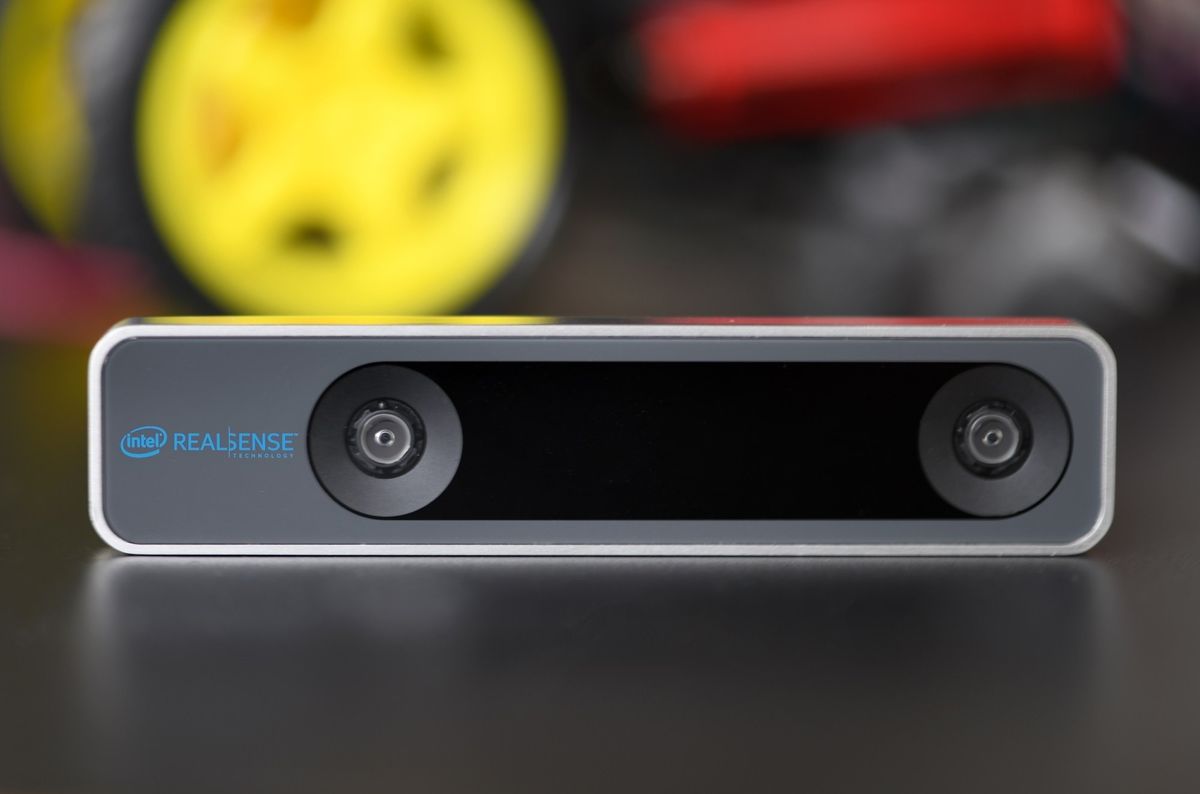Intel built a RealSense tracking camera for autonomous drones, AR headsets, and more
Intel's new standalone inside-out tracking camera could end up in everything from autonomous drones to augmented reality headsets.

Intel has building RealSense depth cameras for developers to tinker with for some time, but its latest is built firmly with autonomous and augmented reality devices in mind. Called the RealSense Tracking Camera T265, Intel describes the newest entry in the RealSense line as a building block for developers looking to add inside-out tracking, eliminating the need for external sensors, to everything from drones to augmented reality (AR) and virtual reality (VR) devices.
The T265 is built on Intel's Movidius Myriad 2 vision processing unit, which brings all of the processing necessary for navigation into a small, low-power package. This makes it a good option for autonomous devices that need to accurately navigate through places like warehouses and outdoor areas where GPS navigation may not be an option.
The T265 takes advantage of two fish-eye cameras, each of which carries an "approximate" range of view of 170 degrees. The camera can use its onboard cameras to build out and update maps of unknown environments and accurately track the device's location within them, all without depending on an outside system.
"Integrating the T265 into a robot designed for agriculture allows the device to navigate fields in a precise lawn-mower-style pattern and intelligently adapt to avoid obstacles in its environment, including structures or people," Intel says. "Whether bringing medical supplies to remote, off-the-grid areas or to a lab inside a hospital ward, the T265 can be used in drone or robotic deliveries due to its wider field of view and optimization for tracking use cases."
The RealSense Tracking Camera T265 is available to preorder now for $200.
Get the Windows Central Newsletter
All the latest news, reviews, and guides for Windows and Xbox diehards.
Dan Thorp-Lancaster is the former Editor-in-Chief of Windows Central. He began working with Windows Central, Android Central, and iMore as a news writer in 2014 and is obsessed with tech of all sorts. You can follow Dan on Twitter @DthorpL and Instagram @heyitsdtl.
